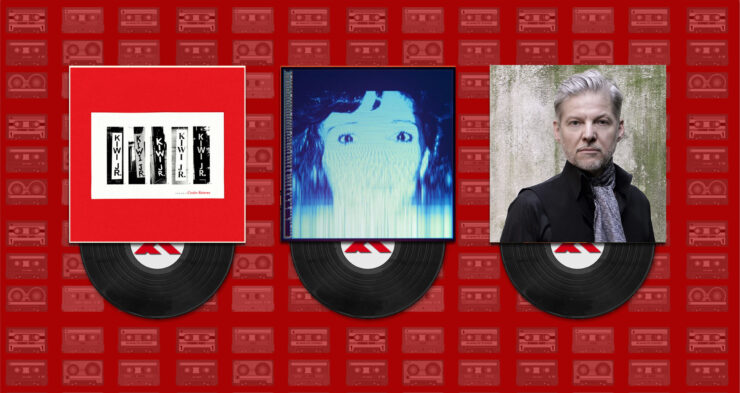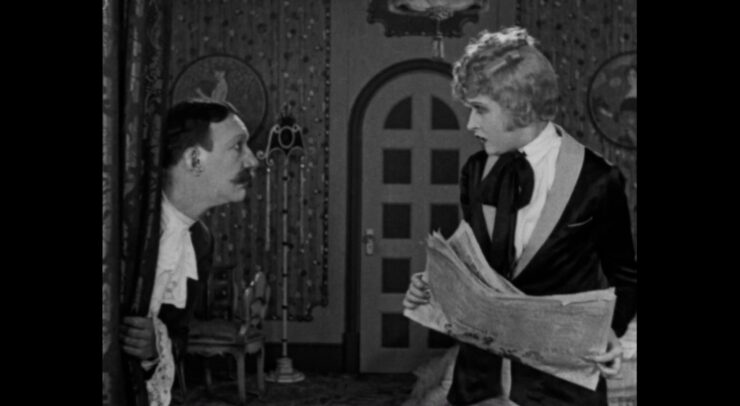The Biopic of Your Dreams
The Twentieth Century, written and directed by Matt Rankin, is as idiosyncratic as its subject itself. It’s a surrealist take on William Lyon Mackenzie King’s formative years and his efforts to become the Prime Minister of Canada, that seems to have been written in such a way to connect with King’s subconscious.
King was a very peculiar man. He served as Canada’s Prime Minister for 21 years and happens to be the only Canadian Prime Minister in history to have acquired a Ph.D. (though, the subject matter of his dissertation was rather post-colonial, to say the least). He was also an avid spiritualist and deeply interested in the occult, claiming to have communicated with his mother, Franklin D. Roosevelt, and his dog through mediums.
This film was screened at the International Film Festival of Ottawa (IFFO) as part of the Canadian Film Institute’s Enlightened Screen series, the guest artists series that showcases Canada’s best contemporary filmmakers. Matt Rankin was in attendance at the screening on March 16, and hosted a Q & A session after the film had finished.
The Twentieth Century is a biopic of sorts that seems to have been written with the intent to fuse the subconsciouses of Rankin and King. In the Q & A session, Rankin said that by embroidering on the diaries that King had copiously written for basically his entire life, he attempted to get into King’s subconscious, as if he’d fallen asleep in the microfiche while reading and his dreams had fused with the document.
This idea is reflected in the film’s dream-like aura: the set design, costumes, and colouring are all fantastical, and each province visited throughout the film has its own look. Ontario is a barren, frozen wasteland with a ski lift headed straight from Bloor Station to Rideau Hall; British Columbia is a vibrant forested landscape with undulating hills, and an onanist sanitarium; and Winnipeg, Rankin’s home, is a sort of burning garbage dump of a place, a creative choice which I assume comes from a place of love.
The film’s visuals are its main attraction, holding a fervid focus on Canadian imagery. In the diaries of King, Rankin saw a great opportunity to, “take the piss out of ‘la mise en les images de la nation.’ ”
While reading through the diary, Rankin was struck by how much of his writing was devoted to, “moody outbursts, melodramatic outpourings, self-pity, and bargain hunting triumphs.”
The film also depicts bizarro versions of icons throughout Canadian history: Bert Harper is an eyepatched war hero, J. Israel Tarte is a mustachioed spectral figure that is suggested to have been hatched from an egg, and Lord Minto, called “Lord Muto” in the film, is an all-powerful warmongering figure.
It really was a pleasure to see Rankin’s outlook on his film. Before the film began, he said two things: that this is an anti-nationalist movie and, maybe the most Canadian thing that has ever been put to screen.





